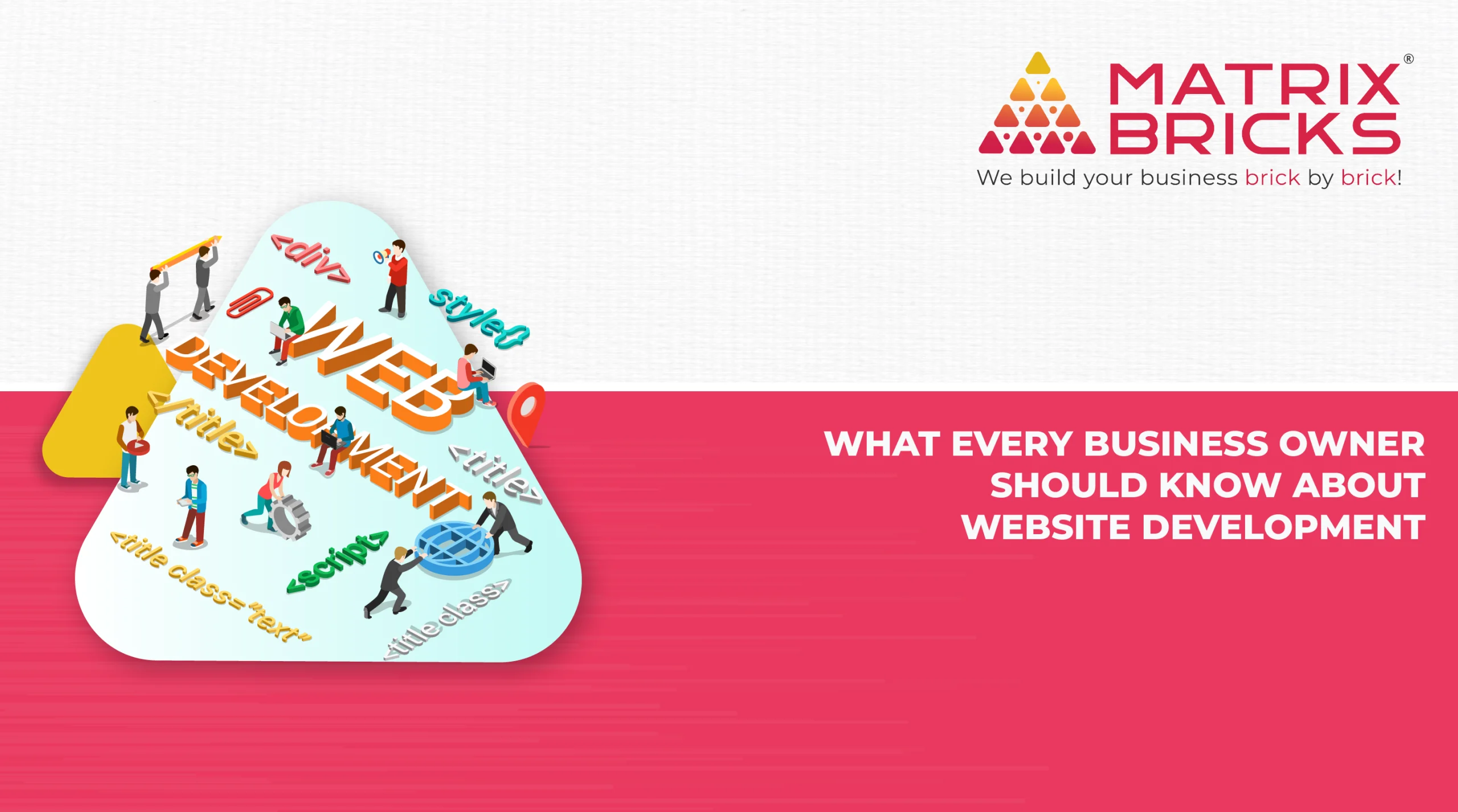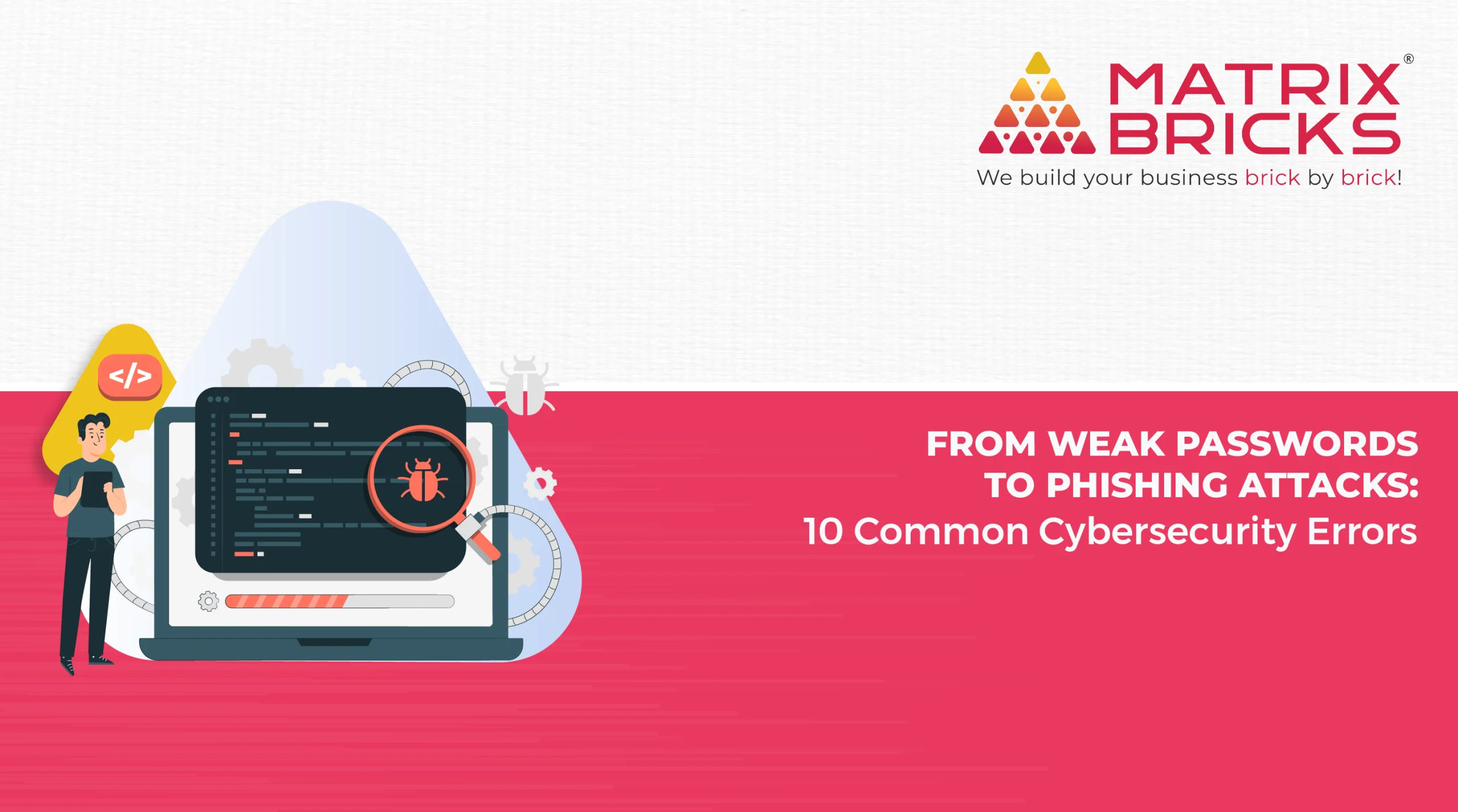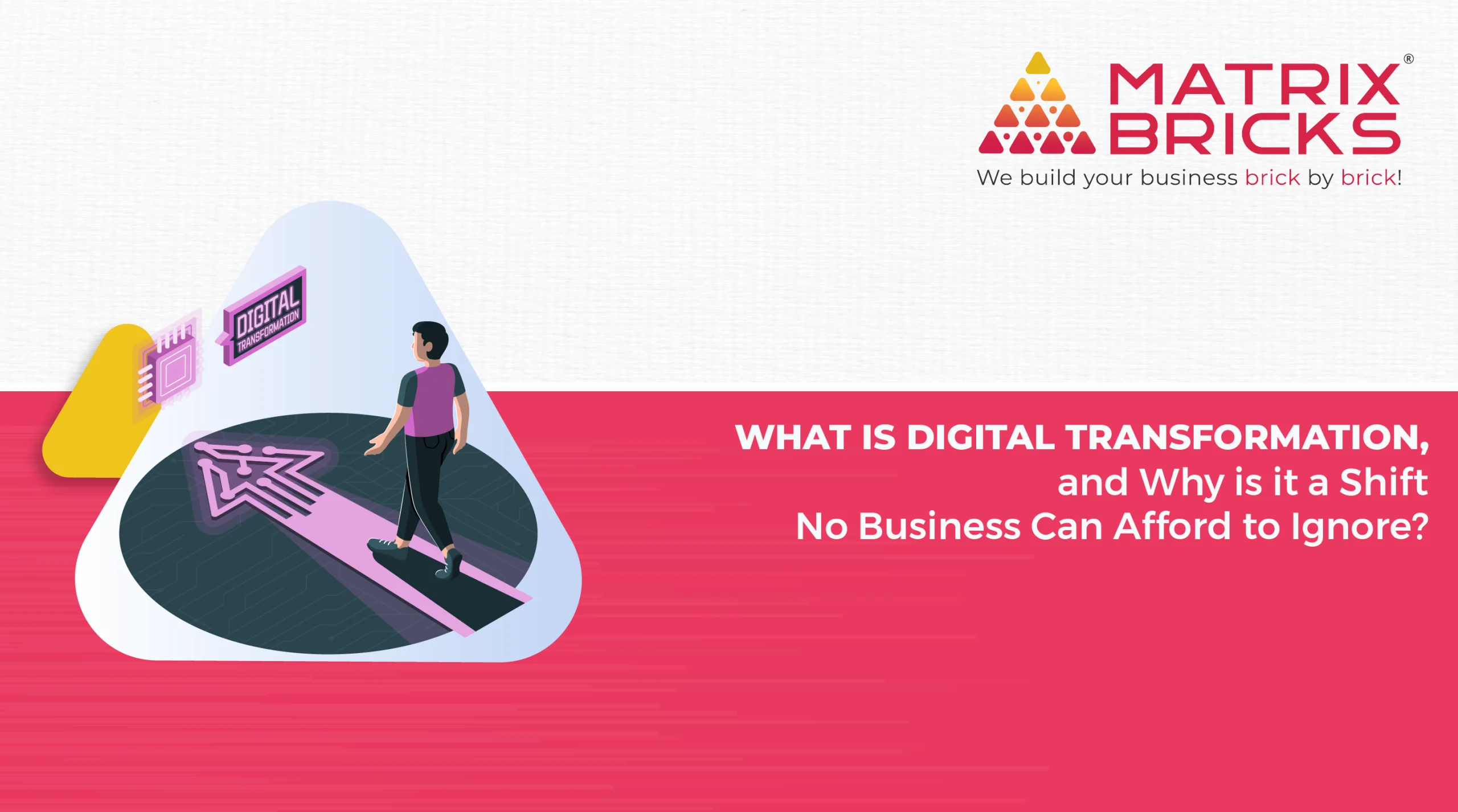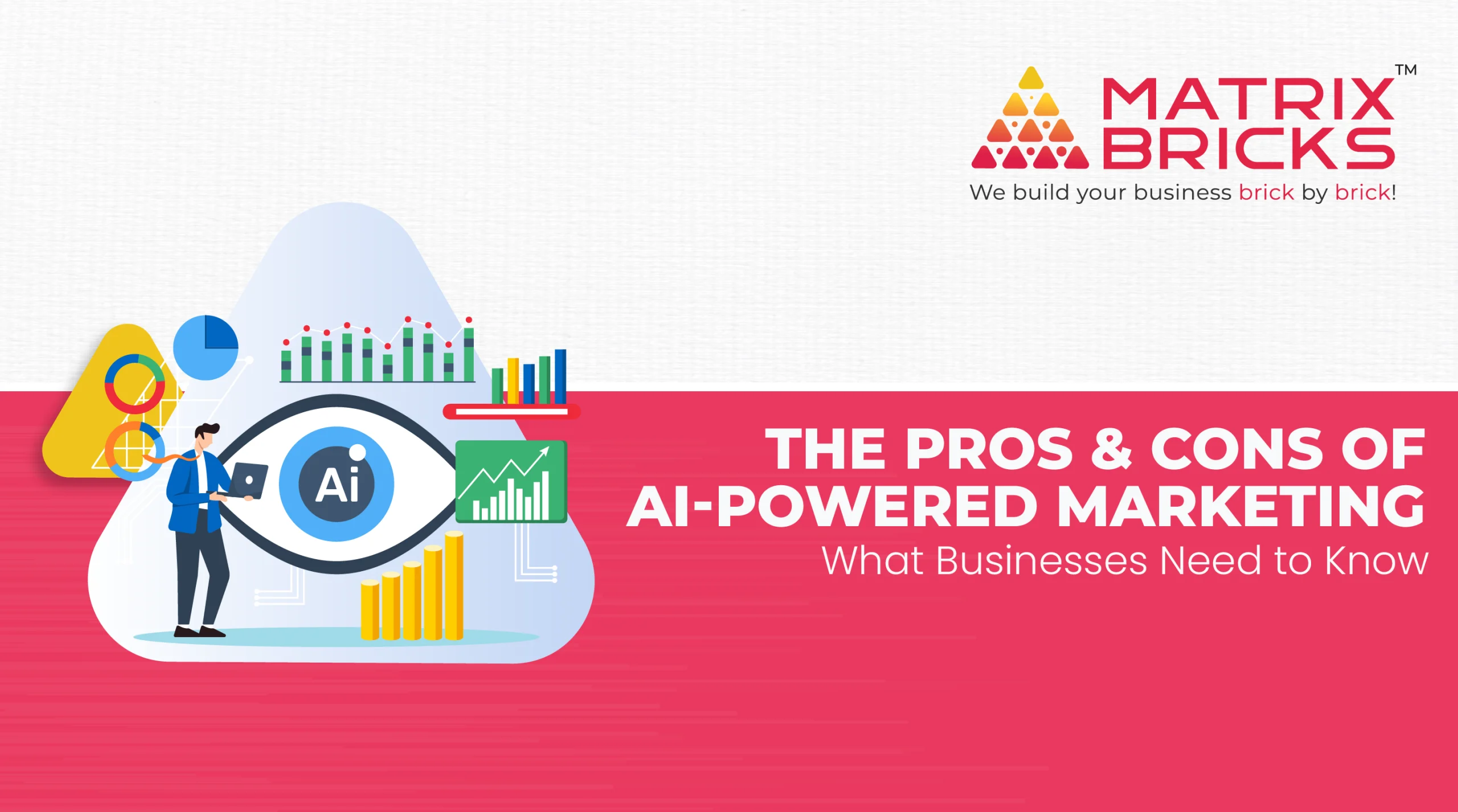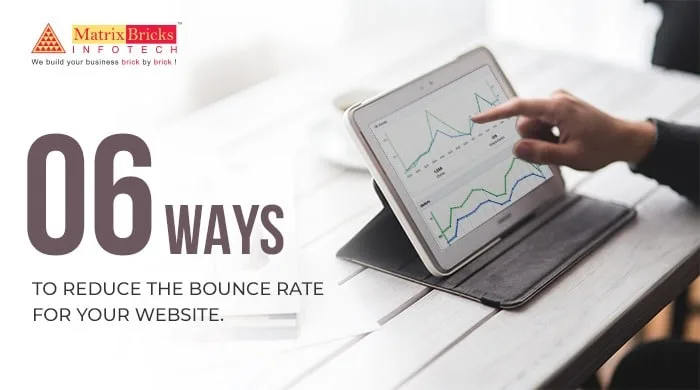
Tips to reduce website bounce rate that actually work
A 500ms connection speed delay results in up to a 26% increase in peak frustration and up to an 8% decrease in engagement.
Every digital marketing campaign and SEO strategy is centred on creating an optimized experience for the user. A popular metric used in SEO services to measure the success of any campaign is bounce rate. This metric helps understand how fast users are leaving or bouncing off a website.
As per Google, the bounce rate reflects the number of single-page visits i.e. when a visitor leaves the page website from the landing page itself. More often than not, a high bounce rate reflects a negative user experience signifying they didn’t find the information they were looking for. In rare cases, a high bounce rate may be a good sign signifying that the user found exactly what they wanted at the first instant.
Here we take a look at some of the most important tips to reduce bounce rate and optimise the user experience.
Page load time matters
No user is willing to wait more than 2-3 seconds for a page to load. A slow-loading landing page is one of the major reasons for an increased bounce rate. It does not matter if you have the inside scoop on the latest industry trend or relevant information that the user is looking for – if your site is slow to load, the user will leave and go to another.
Page load time optimisation is especially crucial for mobile sites. Users on mobiles are far more impatient and don’t like to be kept waiting. As more and more access is now through mobiles, websites need to optimise their mobile sites urgently to reduce bounce rates.
Allow quick navigation
Once the user has landed on your website, the trick is to make them stay as long as possible. This means navigating to other relevant pages including preferably a purchase page. For this to be successful, the user needs to be able to understand instantly where they need to go and move through the site without interruptions. Labelling your pages correctly and optimising the website plays an important role in reducing bounce rates. In case you require help in achieving this, be sure to partner with an SEO Company.
Make your content readable
Filling blocks of content packed in together is sure to overwhelm the reader. Additionally, irrelevant or incomplete content will see them moving on to your competitor’s website. Make sure to upload well-written and clear content. Readability is as important as the nature of the content. A clear font and well-organised paragraphs are essential to enhance readability.
Further, opt for snackable or bite-sized content. Bullets, short sentences and shorter paras all improve readability and user engagement. Don’t feel compelled to fill all pages to their entirety, remember a bit of white space makes it easier for the user to read and encourages them to stay longer.
Target your keywords to prospective buyers
Using the right keywords to boost traffic is one of the first corrections made by an SEO company. What is important is to use relevant keywords that are suitable for targeting prospective buyers. Misleading keywords may get users to your site initially but they are likely to bounce off fast. Further, it creates distrust which can reduce overall visits in the future.
Focusing your efforts in targeting your core audience may initially decrease traffic but is likely to create better engagement and reduce bounce rate. Target prospective buyers that are actually looking for what you offer to boost relevant traffic, encourage users to stay on-site longer and even make a purchase.
Avoid distractions
One of the least enjoyable things on any website is continuous popups or pushy ads. All these distractions take away from the user’s ability to read the content and often slow down the site resulting in a poor user experience. Chances are too many distractions are going to make the user shift companies. Instead, place your ads or sg up requests on the side or top of the page. Let them be clear for the user to read but situated in a way that doesn’t hamper their user experience.
The abandonment rate for mobile shopping carts is 97%, compared to 70-75% for desktop carts.
Create a clear and focused call-to-action (CTA)
What is the ultimate action you want your users to do? Think about it in a clear and concise way – that’s your call to action. Create a clear one-liner CTA and display it prominently at the base or side of your page. This should be accessible to take advantage of any action that your content may inspire. However, lengthy, disorganised or multiple CTAs never work. They leave the user confused and if they are intrusive, may make the user uncomfortable.
Conclusion
Once you’ve gone through the hard work of getting customers, it is important to encourage them to stay. A high bounce rate can be highly damaging to your business and reputation. Use the tips above or opt for expert SEO services to reduce bounce rates and enhance user experience.


